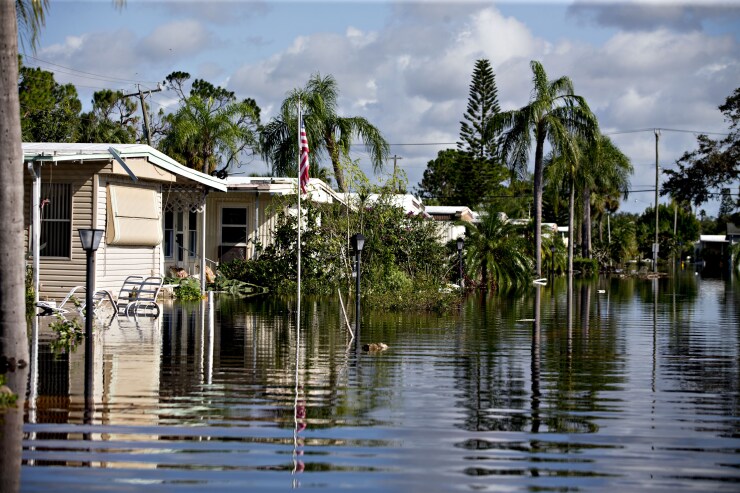If your firm is in a coastal region, then you’re likely aware of the threat that hurricanes pose to your business operations through much of the summer and fall. Inland businesses may be safe from these types of storms, but that does not relieve the need for disaster preparedness. Every firm, no matter its geographic location, is at risk for some type of emergency, including natural disasters, cyberattacks, fires, theft and more. Therefore, it’s important that you and your employees adequately prepare for any potential business interruptions.
The time following a crisis can be overwhelming. Starting from scratch, without a proactive plan in place, can put your firm at a disadvantage when it comes to getting back up and running. According to the Institute for Business and Home Safety, an estimated 25 percent of businesses don’t reopen after a major disaster. A business continuity plan (BCP) is key to preparing your firm and ensuring you’ll be there to continue to meet the needs of your clients.
When developing a BCP, a defined and documented strategy designed to help business owners and their employees prepare for any event that may disrupt business operations, the first step is to compile a comprehensive checklist that includes things like important contact lists for employees, clients, vendors, insurance holders, utility providers, etc. These lists should be printed and easily accessible to everyone in the event of a disaster. What’s worse than not being able to serve your clients in the period after an emergency, is not being able to contact them and explain why their service may be delayed. Therefore, up-to-date contact lists are an essential aspect of your firm’s BCP.

Additionally, as part of a BCP, take photos of anything and everything at your firm’s physical offices and save them offsite in a digital format. This proof of inventory and/or workplace condition could prove helpful down the road in dealing with insurance claims and the like. That said, don’t forget to periodically review your insurance policies and confirm that your property, business liability and worker’s comp insurance policies are aligned with your current business needs. As you do so, consider the benefits of adding a commercial umbrella policy that can cover you for losses above and beyond your existing insurance.
Protecting your firm’s physical assets is only a part of the preparedness puzzle; one of the most critical steps in building a BCP in the current cyber landscape is to preserve confidential business data and/or recovery of that data in the aftermath of a disaster. In preparation, consider implementing a secure cloud-based solution for effective storage, protection and recovery solutions for data. You may also want to add cyber liability protection to help your firm prepare for the unforeseen costs associated with data breaches, hackers, ransomware, online banking fraud and more. Policies like these can assist with costs involved in the response and recovery after a cyberattack and can also provide 24/7 access to crisis management and legal advice.
Ultimately, no business can recover from a major catastrophe without help. In the event of a disaster, your firm will need access to services to help drive the most critical processes. For example, during a crisis, it’s more important than ever that employees continue getting paid. Partnering with a major, national HR technology provider can help ensure pay is not interrupted while other business operations are in flux. Some providers even offer cash flow protections to cover payroll expenses while business owners focus on getting back up and running.
Your BCP is a living document. Update and test it annually. Then revise the plan to include what you learned after each test. Remember, the more you test, the more confident you’ll be in the plan and executing it, but no matter how thorough and well-practiced the BCP, just remember no firm can bounce back from a crisis overnight and, in many cases, it may take several months. Think in terms of short- and long-term recovery goals, keeping morale up through reaching each short-term milestone in the recovery process, and maintaining open communication with employees and clients every step of the way.





